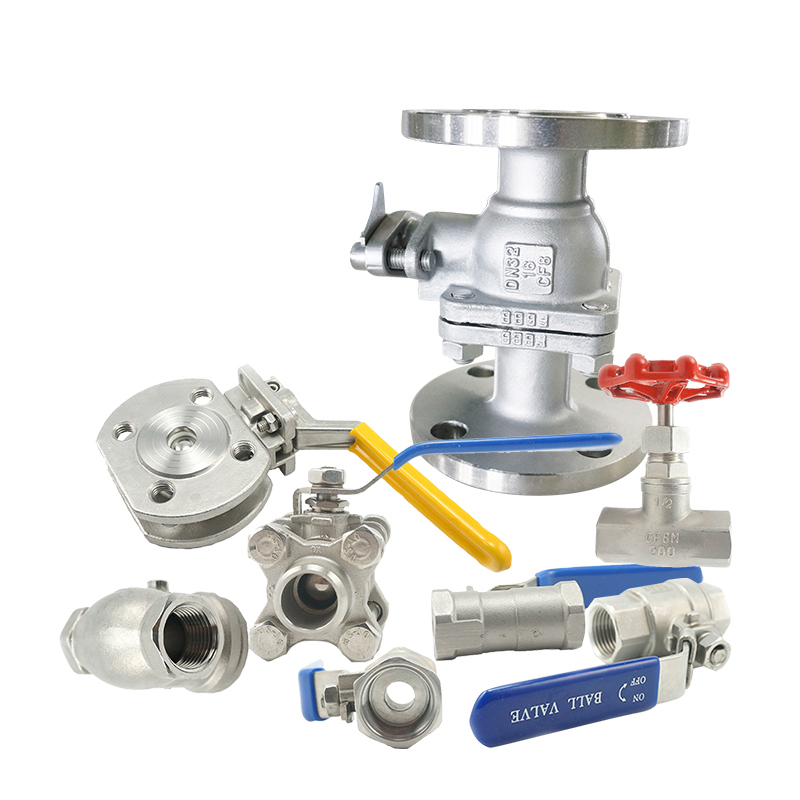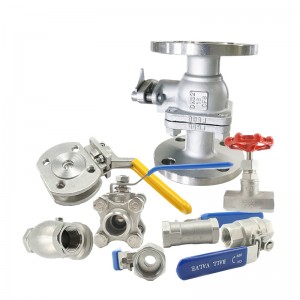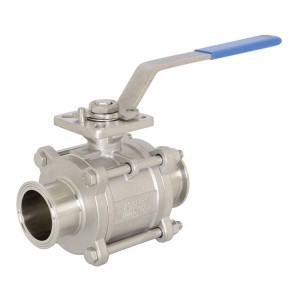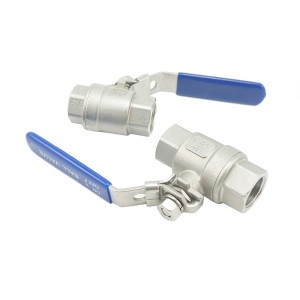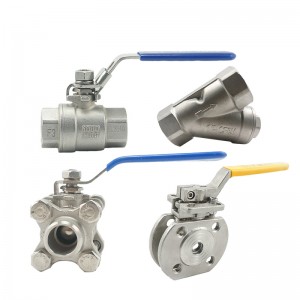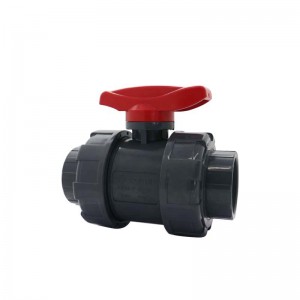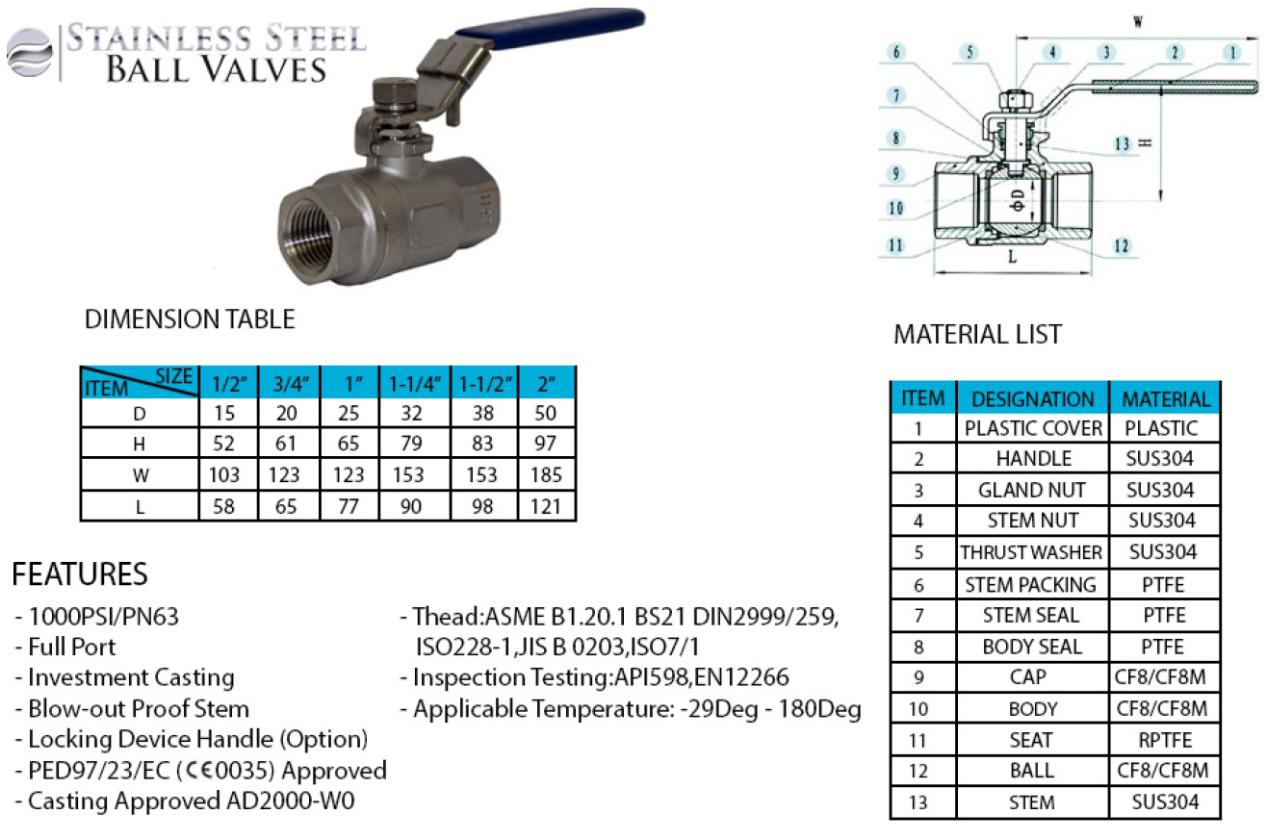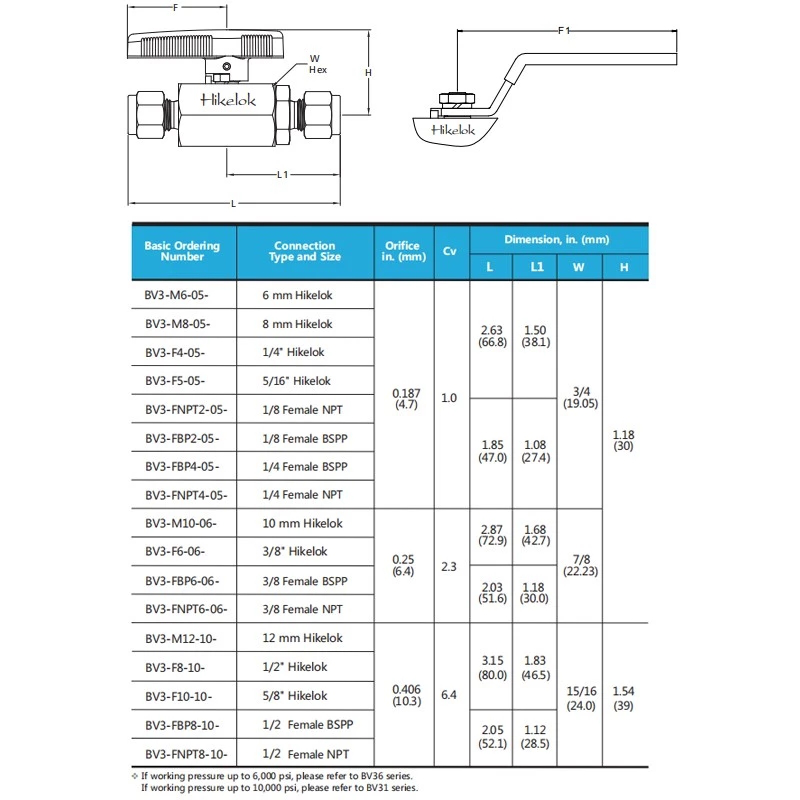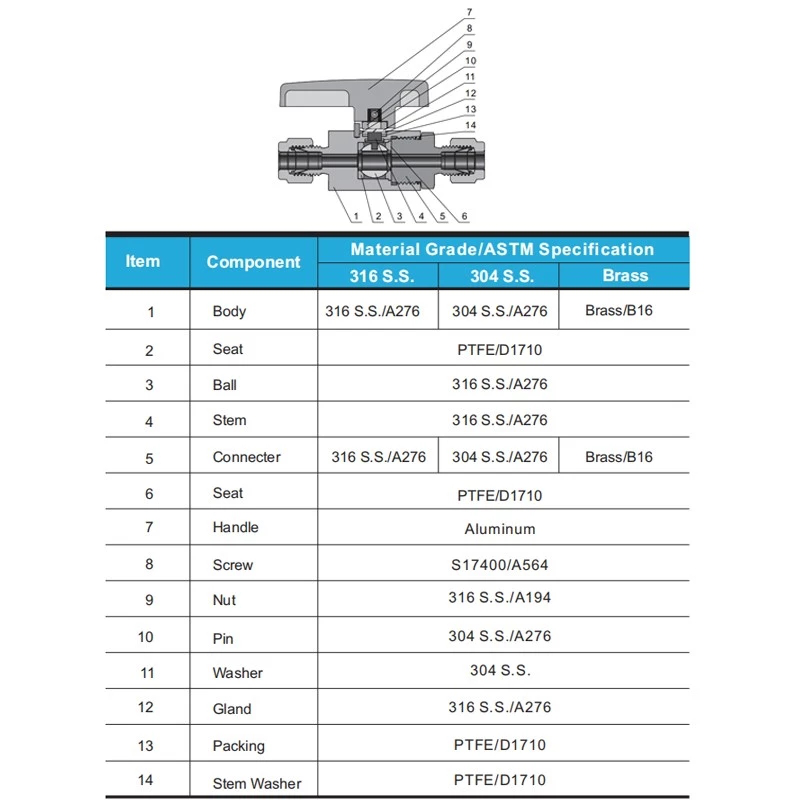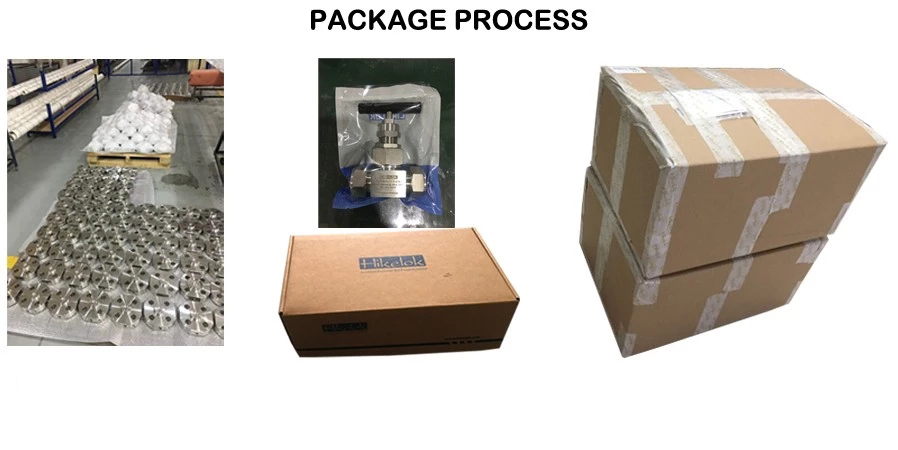Una válvula de bola es una forma de válvula de un cuarto de vuelta que utiliza una bola hueca, perforada y giratoria para controlar el flujo a través de ella. Está abierto cuando el orificio de la bola está alineado con el flujo y cerrado cuando la manija de la válvula gira 90 grados. La manija queda plana alineada con el flujo cuando está abierta y es perpendicular a él cuando está cerrada, lo que facilita Confirmación visual del estado de la válvula.
Las válvulas de bola son duraderas, funcionan bien después de muchos ciclos y son confiables y se cierran de forma segura incluso después de largos períodos de desuso. Estas cualidades las convierten en una excelente opción para aplicaciones de cierre y control, donde a menudo se prefieren a las válvulas de compuerta y de globo, pero carecen de su control fino en aplicaciones de estrangulación.
La facilidad de operación, reparación y versatilidad de la válvula de bola la prestan para un uso industrial extensivo, soportando presiones de hasta 1000 bar (100 MPa; 15 000 psi) y temperaturas de hasta 752 °F (400 °C), según el diseño y los materiales utilizados. . Los tamaños suelen oscilar entre 0,2 y 48 pulgadas (5,1 y 1219,2 mm). Los cuerpos de las válvulas están hechos de metal, plástico o metal con cerámica; Las bolas flotantes suelen estar cromadas para mayor durabilidad. Una desventaja de una válvula de bola es que atrapan agua en la cavidad central mientras están en la posición cerrada. En caso de heladas, los lados pueden agrietarse debido a la expansión del hielo que se forma. En esta situación, algunos medios de aislamiento o cinta térmica generalmente evitarán daños. Otra opción para climas fríos es la "válvula de bola tolerante a las heladas". Este estilo de válvula de bola incorpora un tapón de congelación en el lateral, de modo que, en caso de congelación, el tapón de congelación se rompe (actúa como un disco de sacrificio), lo que facilita la reparación. Ahora, en lugar de reemplazar toda la válvula, simplemente enrosque un nuevo tapón de congelación.
LAS FUNCIONES DE LAS VÁLVULAS SON:
Detener e iniciar el flujo
Reducir o aumentar un flujo
Controlar la dirección del flujo
Regulación de un flujo o presión de proceso
Aliviar un sistema de tuberías de una cierta presión.
Clasificación de válvulas
Las siguientes son algunas de las clasificaciones de válvulas comúnmente utilizadas, basadas en el movimiento mecánico:
Válvulas de movimiento lineal. Las válvulas en las que el miembro de cierre, como en las válvulas de retención de compuerta, globo, diafragma, pellizco y de elevación, se mueve en línea recta para permitir, detener o estrangular el flujo.
Válvulas de movimiento giratorio. Cuando el miembro de cierre de la válvula se desplaza a lo largo de una trayectoria angular o circular, como en las válvulas de mariposa, de bola, de obturador, excéntricas y de retención oscilante, las válvulas se denominan válvulas de movimiento giratorio.
Válvulas de cuarto de vuelta. Algunas válvulas de movimiento giratorio requieren un movimiento de aproximadamente un cuarto de vuelta, de 0 a 90°, del vástago para abrirse completamente desde una posición completamente cerrada o viceversa.
CLASIFICACIÓN DE VÁLVULAS EN FUNCIÓN DEL MOVIMIENTO
| Tipos de válvulas | Movimiento lineal | Movimiento rotatorio | Cuarto de vuelta |
| Puerta | SÍ | NO | NO |
| Globo | SÍ | NO | NO |
| Enchufar | NO | SÍ | SÍ |
| Pelota | NO | SÍ | SÍ |
| Mariposa | NO | SÍ | SÍ |
| Verificación de swing | NO | SÍ | NO |
| Diafragma | SÍ | NO | NO |
| Pellizco | SÍ | NO | NO |
| Seguridad | SÍ | NO | NO |
| Alivio | SÍ | NO | NO |
| Tipos de válvulas | Movimiento lineal | Movimiento rotatorio | Cuarto de vuelta |
Calificaciones de clase
Las clasificaciones de presión y temperatura de las válvulas se designan mediante números de clase. ASME B16.34, Válvulas con brida, rosca y extremo para soldar es uno de los estándares de válvulas más utilizados. Define tres tipos de clases: estándar, especial y limitada. ASME B16.34 cubre válvulas Clase 150, 300, 400, 600, 900, 1500, 2500 y 4500.
Óleo ligero, pintura negra.


